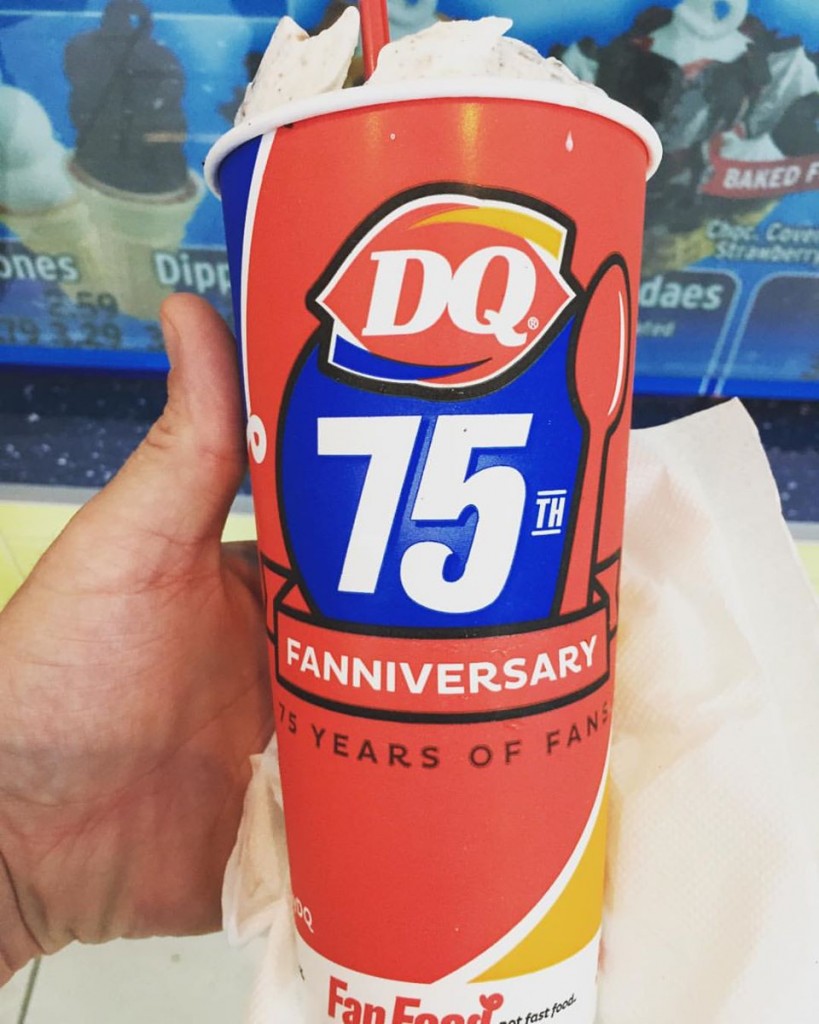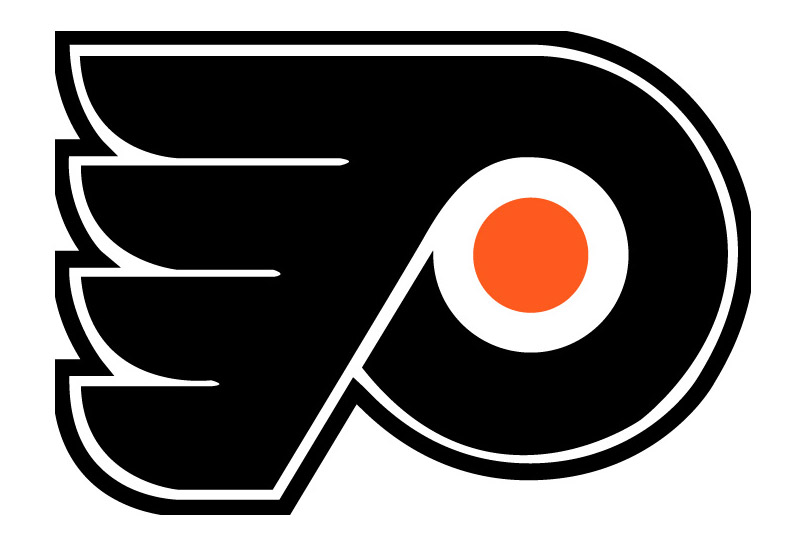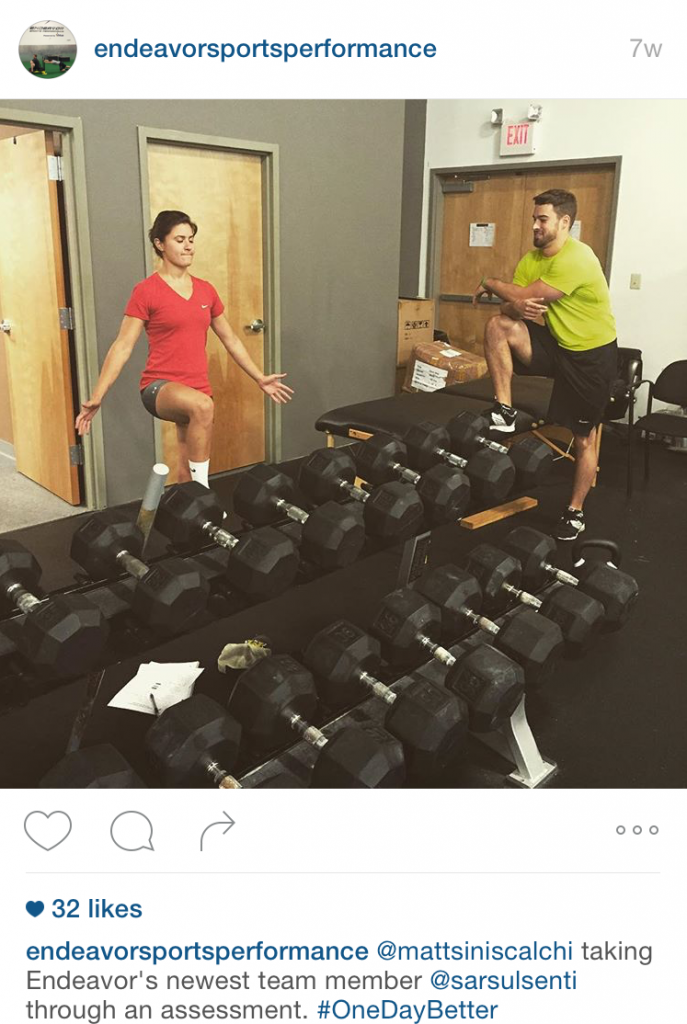Part 2 of the Sleep and Sports Performance series will dive into specific recommendations to improve your sleep quality, including a cool trick to make your brain think you’re tired, and a few effective supplements you’ve never heard of. If you missed Part 1, you can check it out here: Sleep and Sports Performance: Part 1
The Foundation of Quality Sleep
Improving your sleep quality is a lot like improving your diet. The best strategy is master the basics, and then use more advanced strategies to troubleshoot individual deficiencies. With this in mind, these are the biggest “bang for your buck” strategies to immediately improve your sleep:
- Make sure your room is completely black (e.g. no internal or external light at all) and cool
- Stop using electronics, including TVs, computers, and cell phones ~30-60 minutes before bedtime
- Put your phone on silent and turn it face down on your nightstand so it doesn’t make sound, vibrate or light up while you’re sleeping. “Do Not Disturb” mode will keep the phone quiet, but will still allow your alarm to go off.
- Attempt to go to sleep and wake up within an hour of the same time each night.
Of these, the minimal electronic use is likely the recommendation that will be met with the most resistance. Your body naturally produces melatonin, a hormone that most people are familiar with as a sleep supplement, in anticipation of darkness. When you expose your eyes to light, particularly blue light from electronics, it inhibits melatonin release and essentially signals to your body that you need to stay awake.
“I SnapChat because I can’t sleep. And I can’t sleep because I SnapChat.”
Further, electronics that require interaction (e.g. everything except TV) lead to difficulties falling asleep and less refreshing sleep (Gradisar, Wolfson, Harvey, Hale, Rosenberg, & Czeisller, 2013).
Just as you can tell whether the lights in a room are on or off even with your eyes closed, your eyes perceive light even while you sleep. Even if your phone is on silent, if it lights up on your bedstand, it will still have a stimulatory effect and pull you out of deeper levels of sleep. Naturally, the same is true of lights coming through the window or from alarm clocks. Complete darkness is essential for optimal sleep.
Hacking Your Sleep
If you follow the above recommendations and are still struggling to get restful sleep, these are effective strategies worth the time and financial investment to try.
1) Take a nap
A complete sleep cycle lasts ~90 minutes. However, Thun et al. (2015) point out that 30-minute naps are effective at restoring performance to a higher level compared to a no-nap condition. From a practical standpoint, this means that naps should be ~20-30 minutes or ~90 minutes. Waking up in the middle of a sleep cycle is why many people feel groggy when they wake up; avoid the 45-75 minutes time zones.
2) Take a quick warm shower before bed
It is easier to fall asleep when your core temperature is low (Waterhouse, Fukuda, & Morita, 2012). Intuitively, you might think jumping in a cold tub would help facilitate this process. However, Rattray et al. (2015) commented that cold-water immersion had no effect on sleep measures, but increasing skin temperature did. This may be a combination of heat having a soothing/calming effect on the body and the fact that after heat, the body’s temperature needs to drop to restore homeostasis. This falls into the “try both and see what you like better” category.
3) Change your diet
According to Halson (2014), eating a meal with carbohydrates ~1-4 hours before bedtime can decrease the amount of time it takes to fall asleep, increase REM sleep, and decrease light sleep, and low protein diets impair Deep Sleep. There are a lot of considerations in optimizing your diet, but for sleep purposes it appears that making sure you get sufficient quality food throughout the day and eating a small carbohydrate-based meal for dinner (or post-game) will help optimize your sleep quality. This isn’t a free pass to punish a box of cereal right before you brush your teeth; food quality still matters. A “carbohydrate-based meal” may just mean a small chicken breast along with a sweet potato, and large serving of vegetables.
4) Fall asleep faster with brain “entrainment”
Sleep zones, and all states of being, are associated with different frequencies of brain wave activity. For example, Deep Sleep is characterized by “delta frequencies” at 0.5-2.0 Hz. Brain activity within certain bands can be stimulated through auditory stimulation. This simply involves playing two sounds at different frequencies in each headphone, such that the difference in their frequencies falls within the range of the target brain activity. In other words, if we wanted to stimulate 2.0 Hz activity, we could put a 6.0 Hz tune in one ear, and a 4.0 Hz tune in the other. 6.0-4.0= 2.0.

Assuming you, like me, have no idea how to do this on your own, you can download an app called “Neuroathlete”, which allows you to select the desired outcome (in this case “Rest and Recover” and it will play the appropriate tunes for you. It also lets you superimpose “sounds of nature” tunes on top of the humming of the different frequencies. Abeln, Kleinert, STruder, & Schneider showed that this technology had a positive impact on the sleep patterns of youth soccer players (2014), and given the cost, it’s definitely worth trying. I’ve used this personally and had several athletes use it as well.
5) Supplement
Most sleep-related supplements receive mixed reviews. Tryptophan in doses as low as 1g has been shown to improve sleep quality (Halson, 2014). Magnesium supplementation, which has a relaxing effect on the nervous system, improves sleep time and sleep efficiency (the amount of time spent asleep while in bed; Abbasi et al., 2012). Valerian is an herb that has a similar calming effect on the nervous system, and results in improved self-reported sleep quality (Halson, 2014). Lastly, L-theanine is an amino acid that may help promote relaxation.
Some of these ingredients can be found combined together. For example, I really liked Poliquin’s UberMag Plus Px, which has magnesium and tryptophan.
The end of sleep trouble
6) Sleep More
Lastly, you may just need to sleep more. Two studies have shown that lengthening sleep duration have had significantly positive outcomes on speed and skill-related performances in basketball players (Mah, Mah, Kezirian, & Dement, 2012) and swimmers (Mah, 2008).
Wrap Up
Sleep can have a profound impact on your physical and mental performance. Use the sleep “hacks” in this article to help optimize your sleep, and troubleshoot issues as they arise.
To your success,
Kevin Neeld
HockeyTransformation.com
OptimizingMovement.com
UltimateHockeyTraining.com
References:
Abbasi, B., Kimiagar, M., Sadeaghniiat, K., Shirazi, M., Hedayati, M, & Rashidkhani, B. (2012). The effect of magnesium supplementation on primary insomnia in elderly: A double-blind placebo-controlled clinical trial. Journal of Research in Medical Sciences, 17(12), 1161-1169.
Abeln, V., Kleinert, J., Struder, H., & Schneider, S. (2014). Brainwave entrainment for better sleep and post-sleep state of young elite soccer players – A pilot study. European Journal of Sport Science, 14(5), 393-402.
Czeisler, C. (2011). Impact of Sleepiness and Sleep Deficiency on Public Health – Utility of Biomarkers. Journal of Clinical Sleep Medicine, 7(5), S6-S8.
Gradisar, M., Wolfson, A., Harvey, A., Hale, L, Rosenberg, R. Czeisler, C. (2013). The Sleep and Technology Use of Americans: Findings from the National Sleep Foundation’s 2011 Sleep in America Poll. Journal of Clinical Sleep Medicine, 9(12), 1291-1299.
Halson, S. (2014). Sleep in Elite Athletes and Nutritional Interventions to Enhance Sleep. Sports Medicine, 44, S13-S23.
Mah, C., Mah, K., Kezirian, E., & Dement, W. (2011). The effects of sleep extension on the athletic performance of collegiate basketball players. Sleep, 34(7), 943-950.
Mah, C. (2008). Extended sleep and the effects on mood and athletic performance in collegiate swimmers. Annual Meeting of the Associated Professional Sleep Societies, June 9; Baltimore, MD.
Rattray, B., Argus, C, Martin, K., Northey, J., & Driller, M. (2015). Is it time to turn our attention toward central mechanisms for post-exertional recovery strategies and performance? Frontiers in Physiology, 6(79), 1-14.
Reyner, L, & Horne, J. (2013). Sleep restriction and serving accuracy in performance tennis players, and effects of caffeine. Physiology & Behavior, 120, 93-96.
Thun, E., Bjorvatn, B., Flo, E., Harris, A., & Pallesen, S. (2015). Sleep, circadian rhythms, and athletic performance. Sleep Medicine Reviews, 23, 1-9.
Waterhouse, J., Fukuda, Y., & Morita, T. (2012). Daily rhythms of the sleep-wake cycle. Journal of Physiological Anthropology, 31, 5-18.
Wright, Jr., K., Drake, A., Frey, D., Fleshner, M., Desouza, C., Gronfier, C., Czeisler, C. (2015). Influence of sleep deprivation and circadian misalignment on cortisol inflammatory markers, and cytokine balance. Brain, Behavior, and Immunity, 47, 24-34.
Please enter your first name and email below to sign up for my FREE Athletic Development and Hockey Training Newsletter!
Get Ultimate Hockey Transformation Now!
Year-round age-specific hockey training programs complete with a comprehensive instructional video database!
Get access to your game-changing program now >> Ultimate Hockey Transformation
“Kevin Neeld is one of the top 5-6 strength and conditioning coaches in the ice hockey world.”
– Mike Boyle, Head S&C Coach, US Women’s Olympic Team
“…if you want to be the best, Kevin is the one you have to train with”
– Brijesh Patel, Head S&C Coach, Quinnipiac University













 Use CODE: "Neeld15" to save 15%
Use CODE: "Neeld15" to save 15%